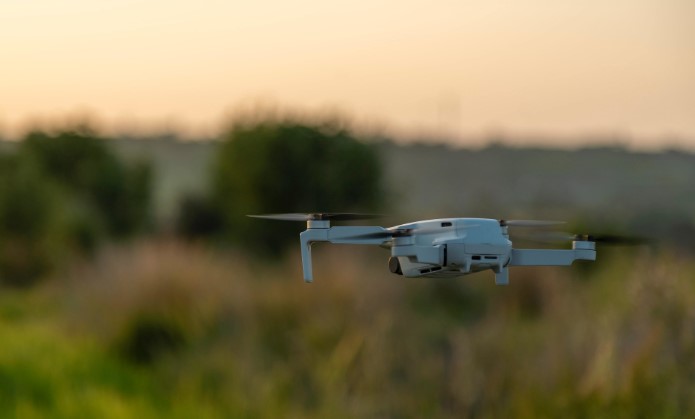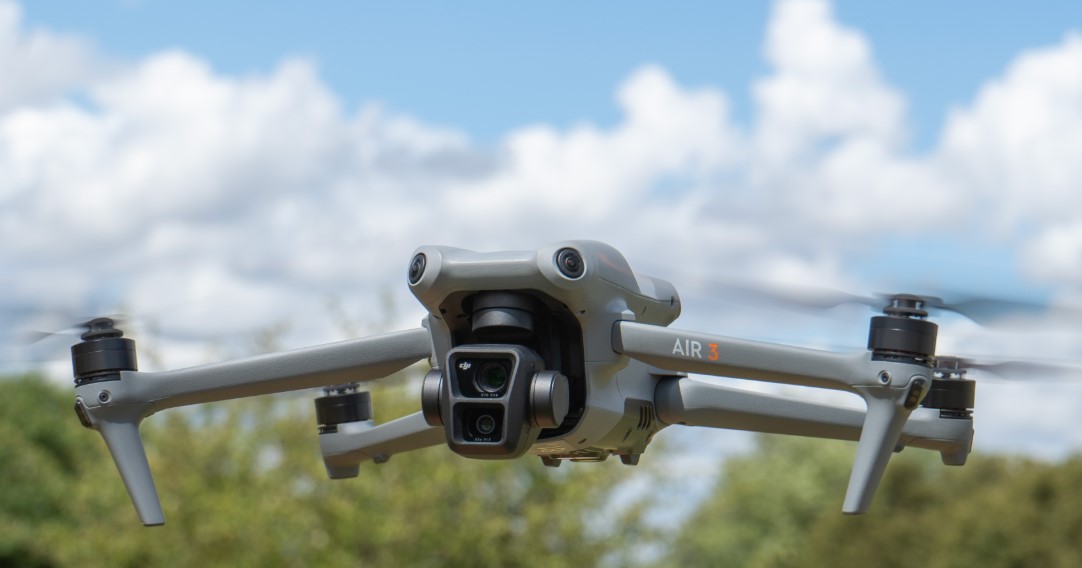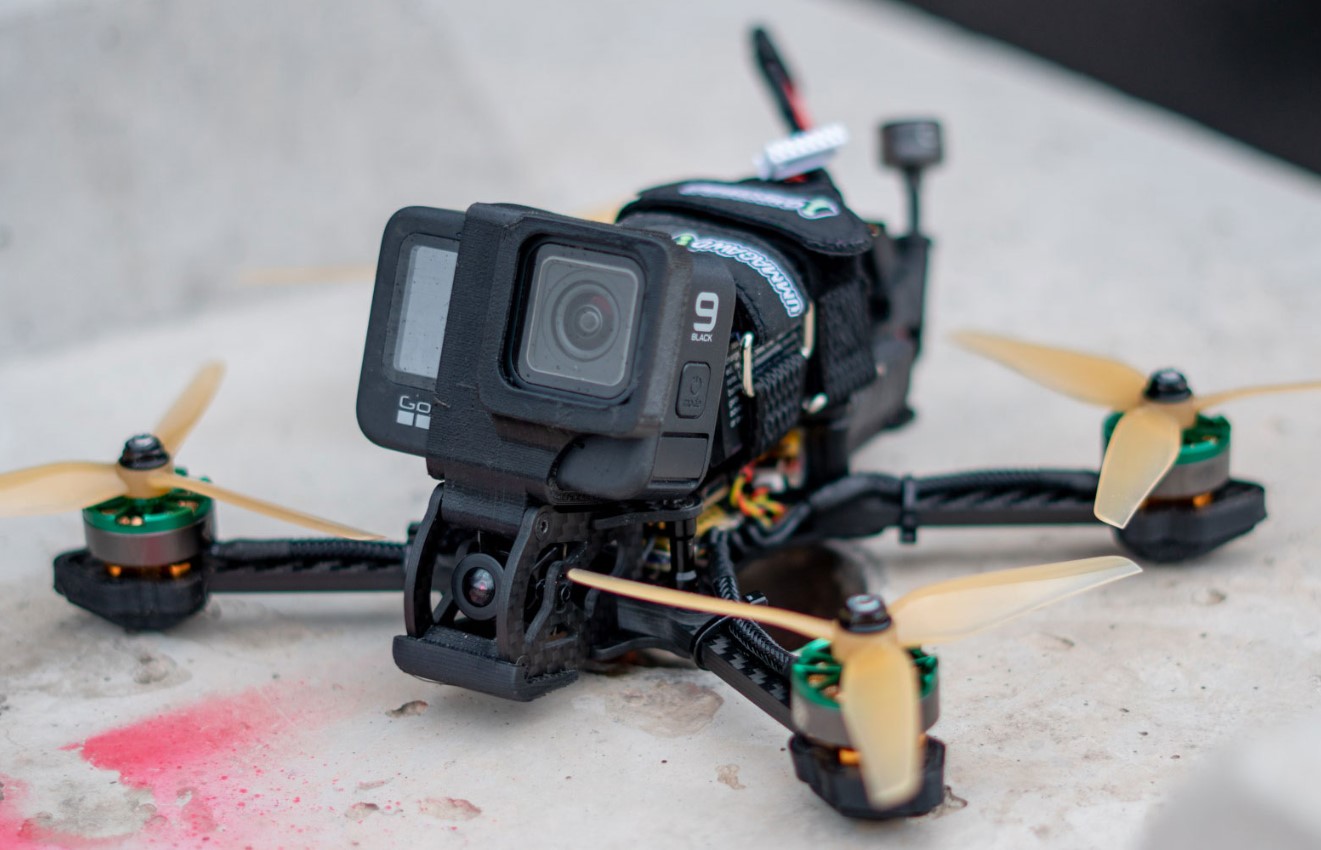Unmanned aerial technology has significantly transformed industries ranging from agriculture to defense, capturing global attention. Terms like “drone” and “UAV” (Unmanned Aerial Vehicle) are often used interchangeably, yet they have subtle distinctions. Understanding the difference between a drone and a UAV is crucial for both industry professionals and enthusiasts. In this essay, we will explore the technical definitions, differences, similarities, and practical applications of drones and UAVs. Follow Dronevoz.com !!!
What is a Drone?
A drone is a broader term used to describe any autonomous or remotely controlled vehicle without a human operator on board. While drones are predominantly associated with aerial vehicles, they can also refer to unmanned systems operating on land or underwater.
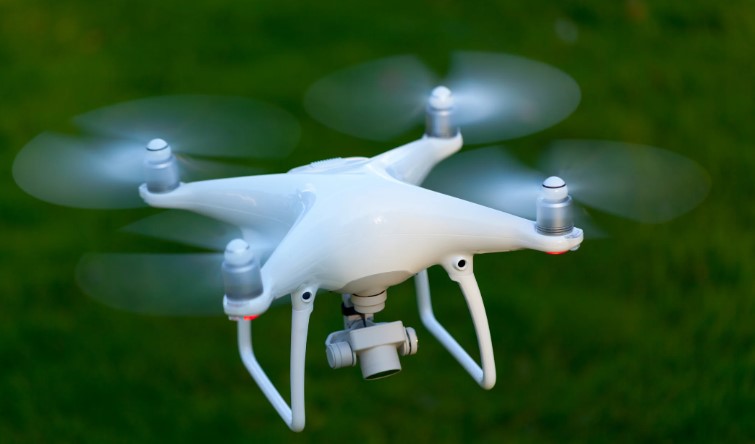
Key Characteristics of Drones:
- Versatility: Drones can take various forms, including quadcopters, fixed-wing aircraft, and even underwater exploration devices.
- Control Options: They can be remotely controlled by a human operator or operate autonomously using pre-programmed instructions.
- Applications: Drones are used across multiple sectors, including photography, delivery services, and disaster management.
The term “drone” originates from the buzzing sound produced by early unmanned aircraft, which resembled the sound of a male honeybee, or drone.
What is a UAV?
A UAV (Unmanned Aerial Vehicle) is a specific type of drone that exclusively operates in the air. UAVs are part of a larger system known as UAS (Unmanned Aerial Systems), which includes ground control stations and communication links in addition to the UAV itself.
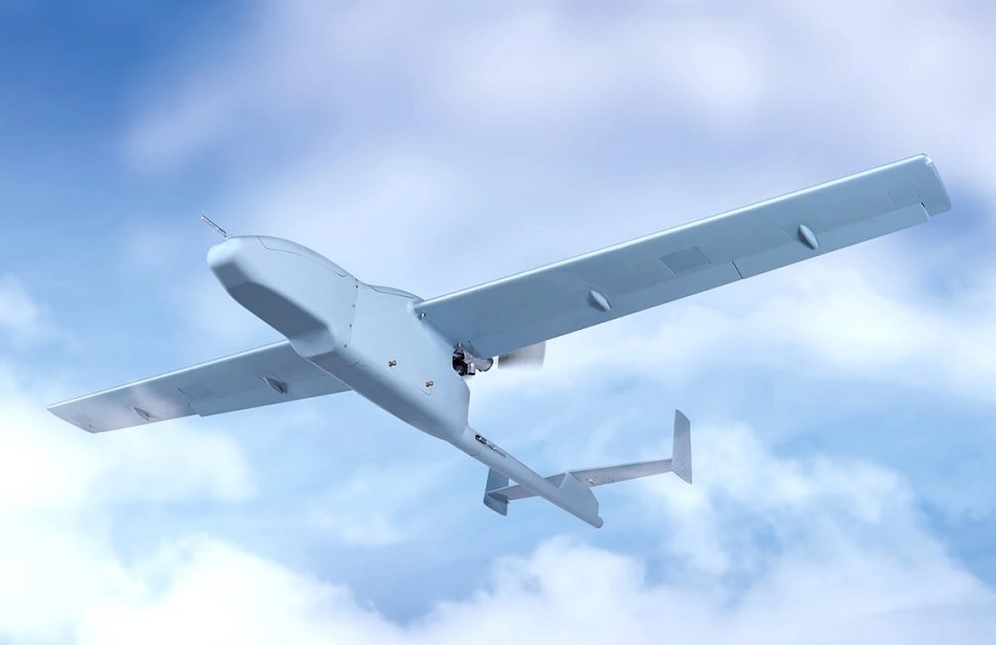
Key Characteristics of UAVs:
- Airborne Operation: UAVs are designed solely for aerial purposes, ranging from reconnaissance missions to aerial mapping.
- Military Origins: UAVs were initially developed for military applications, such as surveillance and combat operations.
- Components: UAVs are equipped with advanced sensors, cameras, and GPS systems for precision tasks.
Unlike drones, which can be toys or hobbyist devices, UAVs are often more sophisticated and purpose-built for specialized tasks.
>>> Read: Are Drones Legal in London? A Comprehensive Guide for 2025
Differences Between Drone and UAV
While drones and UAVs share similarities, the differences lie in their scope, usage, and technical specifications.
| Aspect | Drone | UAV |
| Definition | A broad term for unmanned vehicles, including aerial, land, and underwater systems. | A specific type of drone operating exclusively in the air. |
| Applications | Used in commercial, recreational, and industrial contexts. | Primarily used in military, defense, and industrial tasks. |
| Complexity | Can range from simple consumer devices to advanced systems. | Typically involves high-tech equipment and precision engineering. |
| Autonomy | Can be fully autonomous or remotely controlled. | Often equipped with advanced autonomous flight capabilities. |
| Origin | Associated with recreational and commercial activities. | Developed with a focus on military and strategic operations. |
Example:
- A toy quadcopter used for casual photography is classified as a drone.
- A military-grade reconnaissance aircraft like the MQ-1 Predator is a UAV.
Similarities Between Drone and UAV
Despite their differences, drones and UAVs share several commonalities:
- Unmanned Operation: Both are operated without an onboard human pilot.
- Remote Control and Autonomy: They can be controlled remotely or programmed for autonomous missions.
- Technological Features: Both are equipped with sensors, cameras, and GPS systems for navigation and data collection.
The overlap in their characteristics often leads to interchangeable usage of the terms.
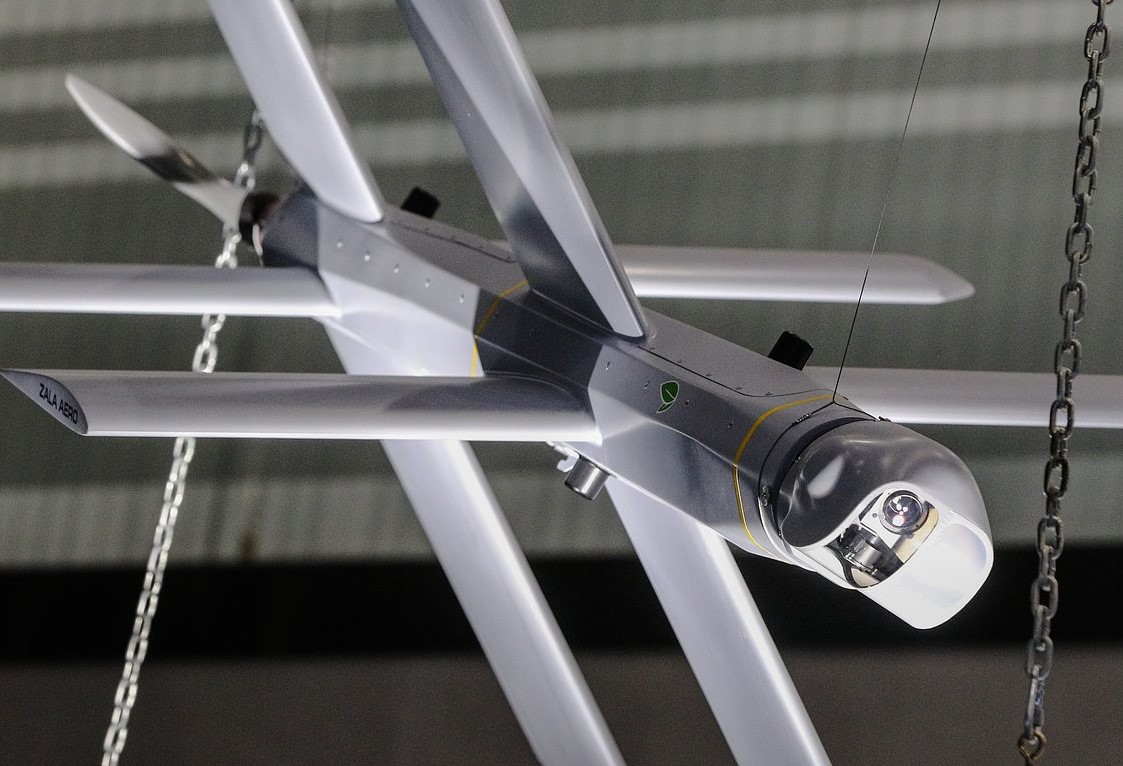
Practical Applications of Drones and UAVs
Military and Defense
- UAVs dominate this sector, serving roles such as surveillance, target acquisition, and even combat.
- Notable examples include the Reaper Drone and the Global Hawk UAV.
Commercial Uses
- Drones are widely employed for tasks like package delivery (e.g., Amazon Prime Air) and aerial photography.
- Industries such as real estate, filmmaking, and journalism have benefited from drone technology.
Agriculture
- Farmers use drones for crop monitoring, irrigation management, and soil analysis.
- UAVs equipped with advanced sensors can collect precise agricultural data over large areas.
Search and Rescue
- Drones play a crucial role in locating missing persons or delivering supplies in disaster-stricken areas.
- Thermal imaging cameras on UAVs are invaluable in low-visibility conditions.
Environmental Monitoring
- UAVs are used to track wildlife, monitor deforestation, and assess the impact of climate change.
- Drones equipped with air quality sensors contribute to pollution studies.
Emerging Trends in Drone and UAV Technology
As technology advances, the lines between drones and UAVs continue to blur. Emerging trends include:
- Swarm Technology: Groups of drones or UAVs working collaboratively to accomplish tasks.
- AI Integration: Artificial intelligence enables smarter navigation and decision-making.
- Beyond Visual Line of Sight (BVLOS): Drones are increasingly capable of operating outside the operator’s direct vision.
- Miniaturization: Compact UAVs with advanced features are being developed for both military and civilian use.
These innovations promise to expand the potential applications of unmanned aerial systems even further.
>>> Read More: Is Drone Allowed in Bali? Drone Laws in Bali
Legal and Ethical Considerations
The rapid adoption of drones and UAVs has raised concerns about privacy, safety, and ethical usage.
Key Issues:
- Airspace Regulation: Governments worldwide have introduced strict laws to regulate drone and UAV operations.
- Privacy Concerns: Unauthorized surveillance by drones has led to debates about privacy rights.
- Military Ethics: The use of UAVs in combat raises questions about accountability and civilian safety.
Compliance with regulations such as the FAA’s Part 107 rules in the U.S. ensures responsible operation of drones and UAVs.
Conclusion: Choosing Between a Drone and a UAV
Understanding the difference between a drone and a UAV helps clarify their roles in various industries. While drones encompass a wide range of unmanned vehicles, UAVs are a specialized subset focused on aerial applications. Both have revolutionized sectors from agriculture to defense, showcasing the versatility and potential of unmanned technology.
As advancements continue, the distinction between drones and UAVs may diminish, but their importance in shaping the future of technology and industry remains undeniable. Whether you are a hobbyist exploring drone photography or a professional leveraging UAVs for complex tasks, the possibilities are endless.
